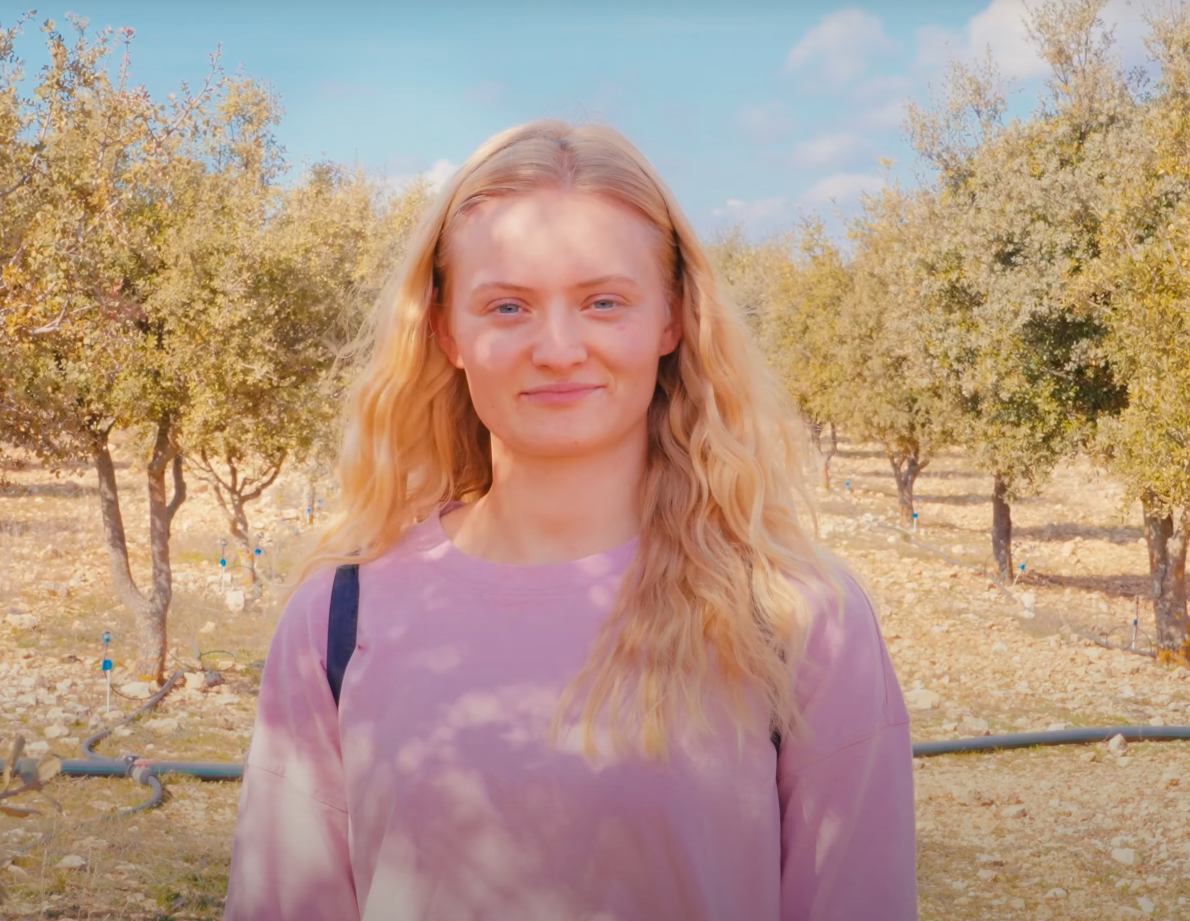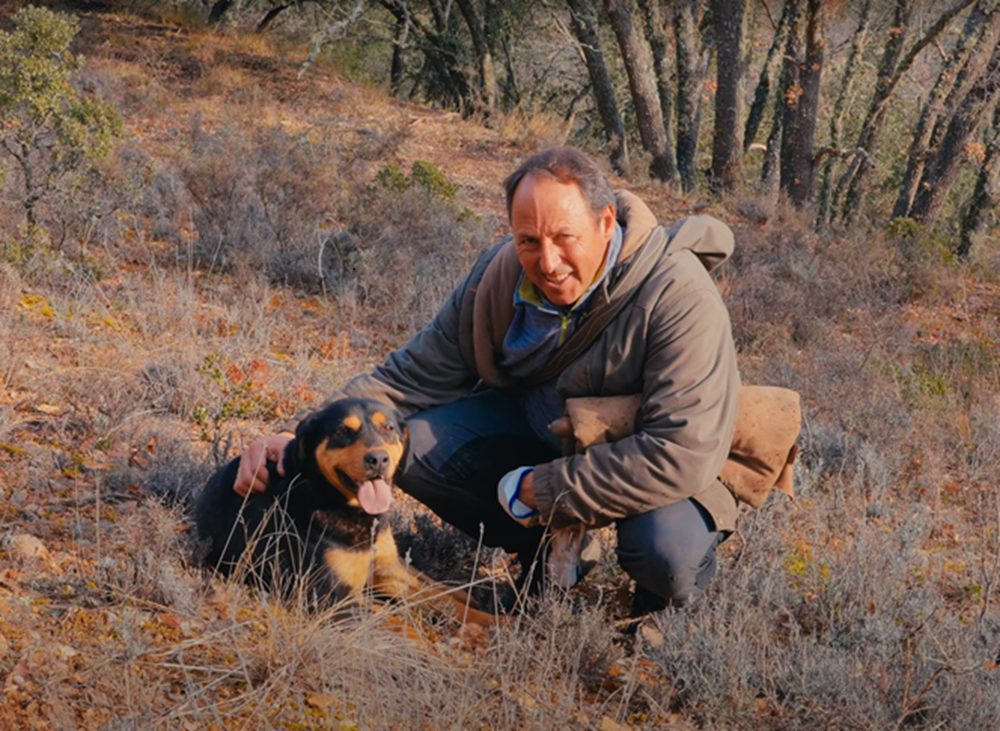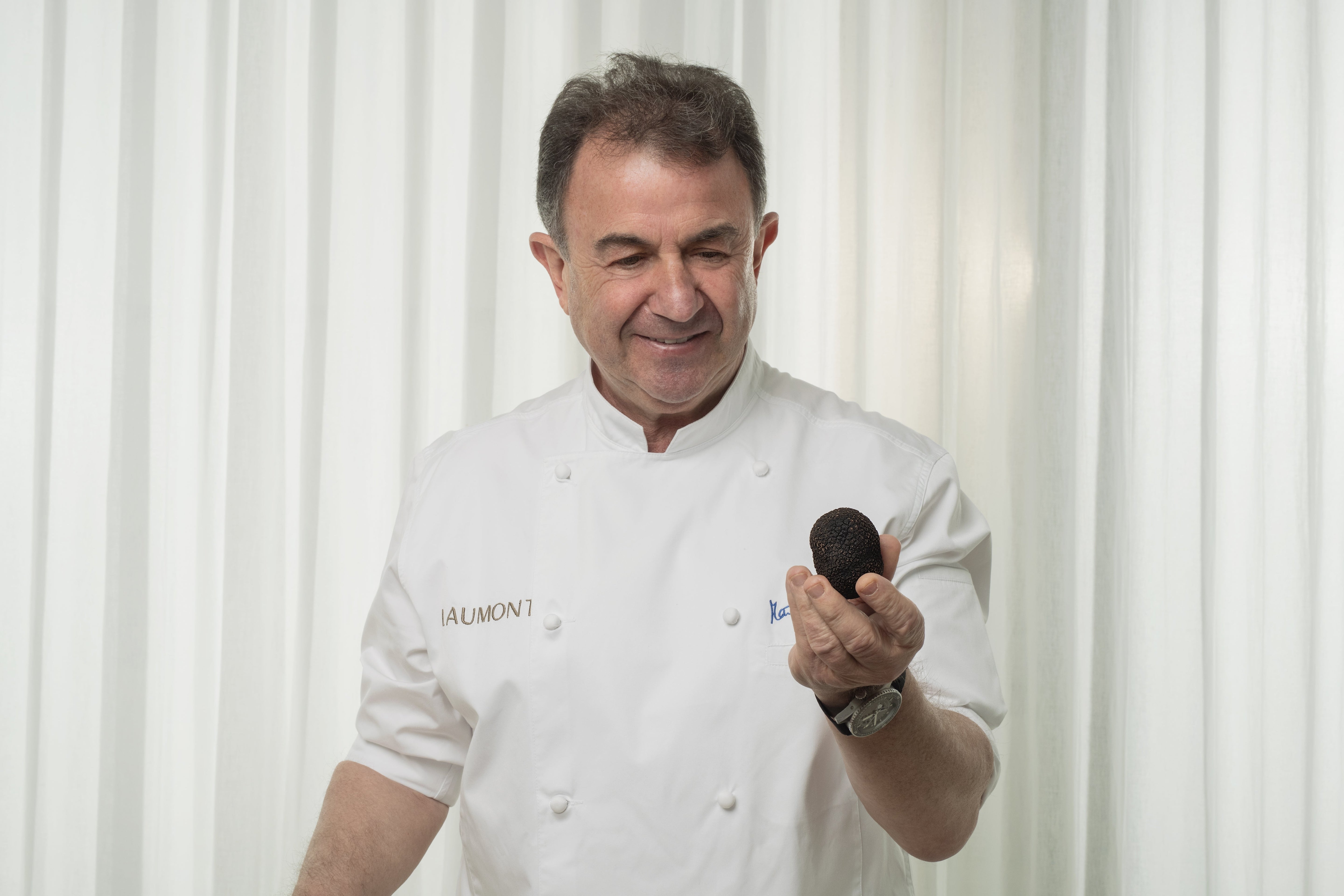In a conversation that takes us to the heart of Spanish trufficulture, 23-year-old Elisa Megan shares her story. The daughter of a truffle grower, she tells us how her life took an unexpected turn, leading her from studying in Madrid to working in the fields of Soria.
Elisa offers a fresh perspective on a centuries-old tradition, detailing the challenges of the climate, the excitement of the search, and the special connection with her truffle dog, Kota. Her story is a testament to how agriculture can attract young people, showing that passion and dedication can flourish on any terrain.
(If you prefer, you can watch the video interview by clicking here)
Tell us a little about yourself and what you do.
My name is Elisa Megan. I'm 23 years old. I'm a trufficulturist in Soria. And yes, this is my job.
When did you move to Spain and what was the experience like at first?
I moved here to Spain in 2009. I was 8 years old. At first, it was a little scary. My sister and I didn't go out at all. We ran away from everyone and only wanted to go out with my mother. But, we started making friends, and over time, we got used to this town.
What led you to start working in trufficulture?
At first, I was studying in Madrid and I finished my studies. Then COVID arrived. We were confined here, and my father, of course, was working in the field. So he asked for my help and I started to come. I started to enjoy it, and over time, here I am, working every day.

What has the experience of this first season been like for you?
Well, I started the 2022 and 2023 season. The climate is a bit challenging. You have to get used to how it freezes, how it rains—and you also have to come when it rains—or how hot it gets in the middle of the day. But in the end, I started learning about the dogs and the truffles, studying everything my father studied. And yeah, I started to like it.
Why did you decide to get more involved in this business?
I got more involved because, as I said, my father wanted and needed help. So I started pruning the trees. We started putting in the irrigation system. And I like being out here, spending time with my father or with the dogs. It's really nice.
How do you train a truffle dog?
Well, it's not easy to train a dog. We have four dogs, and we trained three of them ourselves, by hiding the truffle and simply rewarding them every time they found it. But this last dog, Kota, is from a professional breeder. So he was already trained, and I just had to continue that training, which involved using metal balls, like the ones you use for tea, and we had to put the truffle inside. You start by burying it just below the surface and rewarding him every time he finds it, and over time, you dig deeper and deeper.

What's the most exciting thing about finding a truffle?
I think the excitement of finding a truffle is that you never know what's going to come out of that hole. You don't know the size, the quantity, the quality, if it's natural, or if it's from one of the holes we make with the substrate... yeah, it's always like a game.
What's the biggest challenge in trufficulture?
The biggest challenge in trufficulture, I think, is the climate and how it affects the trees. Like in summer, if it's too hot, you don't know how long you have to water, or if you have to water more often. Or later in the winter, if you have a very harsh winter. The cold isn't pleasant for digging, and neither is the rain. So, yeah.
How important is water for truffle production?
Yes. Water is absolutely fundamental. Water and spores are the most important things for the trees.
In your opinion, what makes Spanish truffles so special?
Well, I think Spanish truffles are so special and have this great value because of their aroma, flavor, and quality. And I believe that in all those things, Spain's climate and soil help a lot in the growth of those truffles.

¿Cómo ha impactado la truficultura en tu pueblo y en la gente joven?
Creo que la truficultura ha crecido bastante en mi pueblo y en otros pueblos, en otras zonas. Y sí, creo que ayudó a la gente joven a quedarse aquí y trabajar al aire libre, trabajar en la agricultura. Es una forma de agricultura. Y al menos ese es mi caso.
¿Cómo os ayuda Laumont como truficultores?
Bueno, creo que Laumont nos ayuda como truficultores al crear una muy buena relación con sus clientes, como hicieron con nosotros, especialmente con Javi. Y nos han ofrecido contactos en agencias de administración, como consultores ecológicos, si alguna vez quisiéramos probar el campo como un campo ecológico.
¿Cuál es el proceso para venderle vuestras trufas a Laumont?
Bueno, las llevas a tu casa, las pones en el frigorífico o así es como las guardamos. Y alguien viene y las recoge. Las ponemos en bolsas y las pesamos. Tienen una etiqueta, cada una con su número específico para que sepan de qué cliente es. Y luego simplemente se las llevan, llegan a Laumont y hacen un proceso de selección de las trufas.
¿Cuál es la mejor manera de aprender sobre truficultura?
Creo que la mejor manera de aprender truficultura es yendo con alguien que tenga este tipo de negocio y observando lo que hace todos los días, el proceso y cómo mantiene el campo. Creo que esa es la mejor manera. Pero también puedes encontrar libros e información en Internet, ya que esto se ha extendido bastante y es bastante fácil quizás empezar de alguna manera.
¿Dónde te ves a ti y a tu negocio en cinco o diez años?
En cinco o diez años, definitivamente me veo continuando con este negocio de la trufa. Y creo que con la plantación que hice allí abajo, donde mis árboles son más jóvenes, en un futuro o en unos años, podrían empezar a producir y eso me ayudará a comprar más campos y a continuar este negocio.


